Second Home - Xbox Live Indie Developers on the Shift to iOS
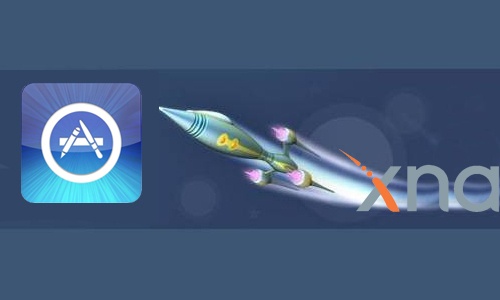
Microsoft even got in on the action when they made their Xbox Live XNA Game studio available. It wasn’t until 2008 that they brought Xbox Live Community Games (later dubbed Xbox Live Indie Games, or “XBLIG” for short) to Live users across the globe, but it created an environment full of possibilities for fledgling developers as well as people who wanted to get their games noticed. And now, five years later, a number of these developers have been making their way to the App Store. But why are they shifting their focus away from XNA development and on to iOS? We wanted to know. Luckily, Luke Schneider (Founder of Radiangames - Bombcats, Ballistic SE, Fireball SE, Gobs of Fun, Slydris, Inferno+, Super Crossfire, Super Crossfire HD), Jesse Chounard (code monkey for Third Party Ninjas - Happy Piggy!, Hypership Out of Control), Mike Oliphant (Founder of Nostatic Software - Sokoban for Beginners, Kung Fu FIGHT!, Quiet, Please!, Quiet Christmas, Ascent of Kings), Nick Mudry (Co-founder and CEO of Play Nimbus - Ball 2 Box, Wobbles), Andy Gibson (Art Director at Team Pesky - Little Acorns), and Martin Caine (Founder, lead programmer, producer, and director for Retroburn Game Studios - Accelerate, Positron) were willing to share their thoughts on the matter.
Exodus
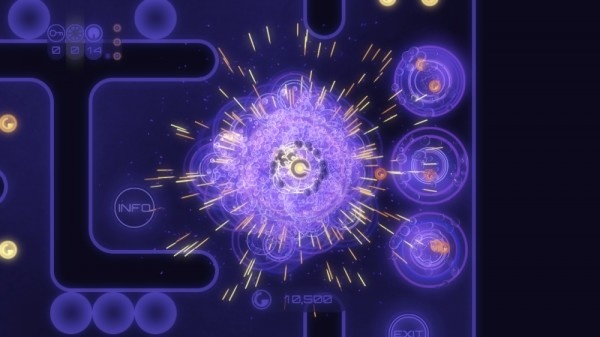

It was more a case of seeing the writing on the wall for Jesse Chounard from Third Party Ninjas. Once Windows Phone 7 came out it seemed as though Microsoft forgot all about their indie developers. "XBLIG developers actually lost access to some important features," he said. "When the phone failed to gain traction, it seemed like the blame was placed on XNA."
Nick Mudry and Play Nimbus came to a similar conclusion once the impending "death" of Microsoft’s service was announced. "We also moved away from XBLIG and to iOS because we were unable to develop with XNA for iOS," he said
In this particular case, the discovery of Unity is what ended up tipping their hand. "We stepped up and started redesigning our game's prototype," said Mudry, "and it was done 10 times quicker compared to XBLIG/XNA."

A smart idea that has the potential for a lot more exposure, although it also means more work to create all those ports, though he admits that more platforms ultimately means more users.
Martin Caine of Retroburn Game Studios was initially drawn to XNA because of the development tools and allure of the Xbox 360 hardware support, but it didn't seem like he would get a whole lot of publicity on the platform. "I had heard of the limited exposure and low download figures," he said. "I'm now just focusing on getting one game released but plan to release it across many platforms including iOS and XBLIG."
Andy Gibson and Team Pesky actually did things the other way around when they prototyped Little Acorns on XNA, then ended up developing it for iOS once the basic framework was in place. After a few iterations the team brought the squirrel-themed platformer back to Xbox Live.
"Personally, I was really pleased to get Little Acorns out on XBLIG," Gibson said. "The game feels great, has a good level of polish and an added split-screen co-op mode to celebrate Mr. Nibbles making it home."
Six of One, Half-Dozen of the Other
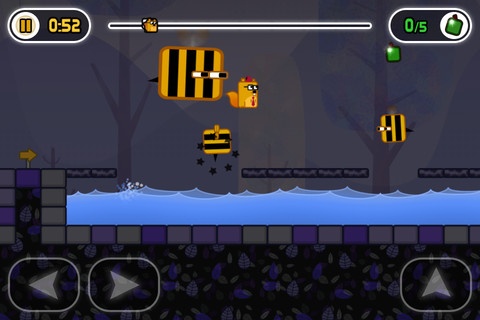

Play Nimbus' Mudry, on the other hand, considers the ability to make full use of the hardware to be the biggest draw for Apple Devices. "With iOS we are able to use Game Center's achievements, push notifications, and even release our projects for free, should we choose," which he also notes is something Microsoft simply doesn't allow. Mudry also finds the marketing strategies between the two to be drastically different, noting that he's had to learn how to market to the iOS gamer over time.
Chounard, from Third Party Ninjas, agrees. "It is a very volatile marketplace," he said. "It seems that small, focused projects can do very well there. Finding a niche is extremely important on iOS."
Nostatic Software's Oliphant attributes it more to exposure. "The number of new releases each week [on XBLIG] is manageable, and ensures that all games get a good bit of exposure," he said. "On iOS, things are much more driven by marketing. I really have no idea how people end up finding my games in amidst the vast mountains of stuff in the App Store."

Caine echoes a similiar sentiment. "XBLIG has relatively few games released in a week so your exposure in the 'new releases' list lasts quite a while," he said, although he also admits that it usually comes down to PR. "Many developers are guilty of not doing enough marketing on both XBLIG and iOS," he said, "and often blame the flood of other games for their games' failure when in most cases it's due to inaction on the developers' side."
When it comes to actually developing for both platforms, there are also a number of adjustments to account for. "I was happy to move away from the peer review system of XBLIG," Chounard says, "though the review process for iOS can sometimes feel glacial."
Conversely, Oliphant finds the development for iOS to be fairly limiting despite the opportunities. "You don't have as much horsepower to work with, obviously, but perhaps a bigger limitation is the lack of a game controller," he said. "Touch input is great for certain kinds of games, but really terrible for others."

According to Caine, it's all about getting to know a specific platform's audience. "You should be looking at the best games on the service and always aim to provide the same level of quality across the entire game," he said. "If that's with keyboard + mouse, gamepad, or touch screen controls, you need to make the game intuitive and fun to play."
What's Next?
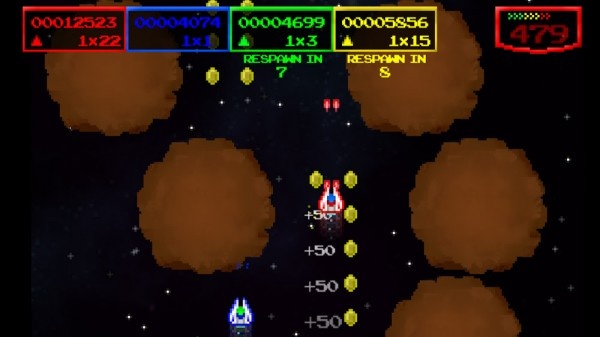
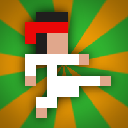
Mudry and the folks at Play Nimbus are also planning to stick with Apple. "We love the ability to create simple games that anyone can pick up and play wherever they are. Simplistic, yet innovative games seems to be our specialty," he said. "Our team has been great at creating ideas for mobile games, and we have a few kicking around for our future projects after Wobbles."
Chounard isn't going anywhere, either. "We just released an educational kids spelling game called Happy Piggy on iOS and Android," he said. "Our next game will also be on iOS and Android, but it will be a return to action/arcade."
Schneider is uncertain about Radiangames' future, however, both on iOS and in general. "I have 1 more small iOS game in the pipeline after Bombcats," he said, "and I'll be porting some of my more successful iOS games to Android. Beyond that, I don't have definite plans because I have no idea if Radiangames will still be in business."
Gibson is also a bit unsure as he's currently trying to take advantage of the opportunities on iOS to generate a steady income, but he isn't tying himself to one platform. "The spark comes first for me, then the platform for me. In terms of what's next," he said, "I'm working on several ideas at the moment; a couple are running on iOS."
A big thanks to all the developers for chatting with us about their plans!


